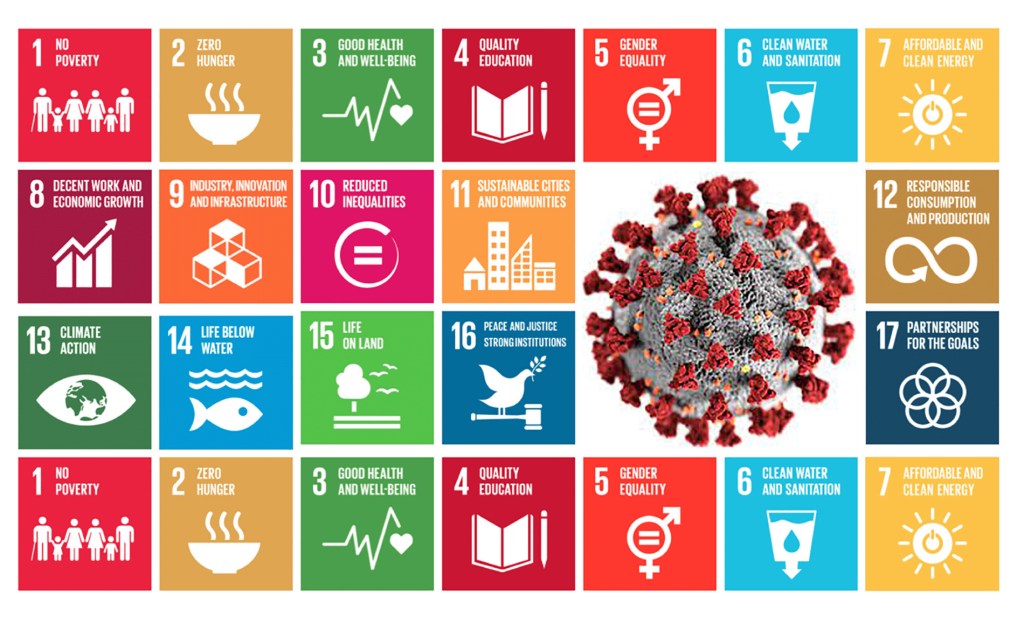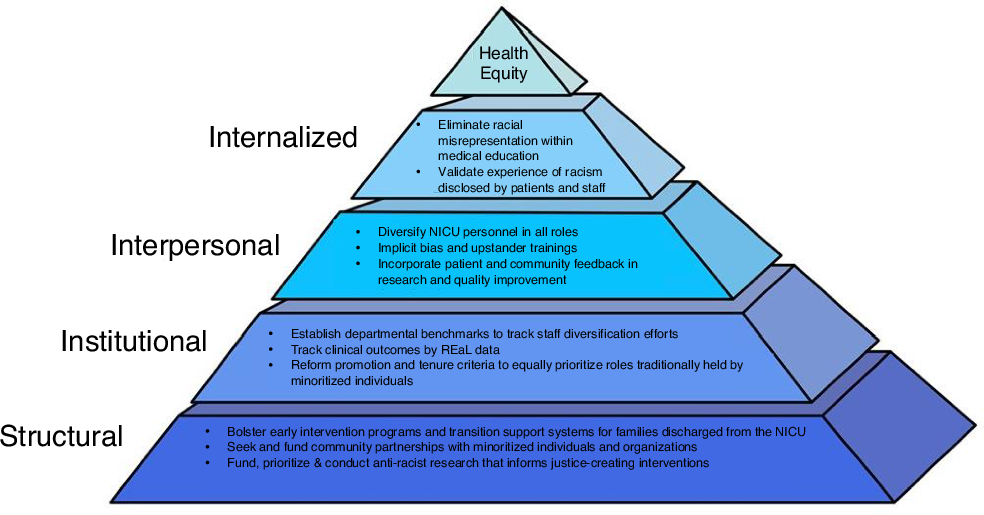Tajikistan’s Path to Sustainable Prosperity: Building Inclusive Growth at Home – World Bank Blogs

Report on Sustainable Economic Transformation in Tajikistan
Transitioning from Migration-Led Growth to Homegrown Prosperity
Tajikistan has reached a critical juncture in its development trajectory. The primary challenge is no longer solely poverty reduction but the strategic transition from economic progress reliant on migration to a model of homegrown, inclusive, and sustainable prosperity. This report outlines four interconnected policy priorities designed to align the nation’s development with the Sustainable Development Goals (SDGs).
Key Policy Priorities for Sustainable Development
-
Structural Transformation Through Agricultural Renewal
The agricultural sector, while foundational to rural livelihoods, is currently underutilized. A strategic renewal is essential for achieving multiple SDGs.
- SDG 1 (No Poverty) & SDG 2 (Zero Hunger): Increase productivity and incomes by relaxing crop mandates and improving access to irrigation.
- SDG 13 (Climate Action): Implement climate-smart technologies to build resilience and ensure long-term food security.
- SDG 8 (Decent Work and Economic Growth): Boost on-farm value addition and create linkages between farmers and agro-processing industries to lay the groundwork for domestic structural transformation.
-
Job Creation in Labor-Intensive Private Sectors
Industrial policy must pivot from capital-intensive, state-led projects to fostering private-sector-driven, employment-rich industries to provide sustainable livelihoods.
- SDG 8 (Decent Work and Economic Growth): Focus on developing sectors such as agro-processing, construction, logistics, and light manufacturing to harness the potential of Tajikistan’s young labor force.
- SDG 9 (Industry, Innovation and Infrastructure): Encourage competition and ease market entry to stimulate private sector growth and reduce economic dependence on remittances.
-
Equalizing Access to Opportunities
More inclusive growth is required to accelerate poverty reduction and address regional and social disparities, directly contributing to the goal of leaving no one behind.
- SDG 10 (Reduced Inequalities): Bridge spatial and gender divides through targeted investments in rural infrastructure and connectivity.
- SDG 4 (Quality Education): Enhance rural education and vocational training programs to connect isolated communities with economic opportunities.
- SDG 5 (Gender Equality): Expand financial inclusion, particularly for women and youth, to empower small entrepreneurs and foster equitable growth.
-
Strengthening Protection for Vulnerable Populations
A robust social safety net is crucial for protecting low-income families from economic shocks and preventing a relapse into poverty.
- SDG 1 (No Poverty): Expand the coverage of the Targeted Social Assistance (TSA) program, which currently reaches only a small fraction of impoverished households.
- SDG 10 (Reduced Inequalities): Improve the targeting accuracy of social benefits to ensure that support effectively reaches the most vulnerable families.
Conclusion: The Imperative for a Homegrown Transformation
Tajikistan’s future prosperity must be cultivated domestically. Achieving a diversified, inclusive, and climate-resilient economy necessitates comprehensive reforms that empower the private sector, modernize agriculture, and close education and gender gaps. With over 600,000 young people projected to enter the labor force in the next decade, creating productive domestic employment is essential. This strategy will be fundamental to transforming the country’s demographic potential into a primary driver of inclusive and resilient growth, in full alignment with the 2030 Agenda for Sustainable Development, particularly SDG 8 (Decent Work and Economic Growth).
Analysis of Sustainable Development Goals in the Article
1. Which SDGs are addressed or connected to the issues highlighted in the article?
The article on Tajikistan’s economic challenges and opportunities addresses several Sustainable Development Goals (SDGs). The analysis of the text reveals connections to the following goals:
- SDG 1: No Poverty – The core theme of the article is poverty reduction, its past success driven by migration, and the future need for homegrown solutions. It explicitly discusses strengthening protection for the vulnerable and expanding social assistance programs.
- SDG 2: Zero Hunger – The article emphasizes agricultural renewal as a key policy priority. It discusses raising productivity, improving access to irrigation and climate-smart technologies, and linking farmers to markets, which are all central to food security and sustainable agriculture.
- SDG 5: Gender Equality – The need to “equalize access to opportunities across regions and groups” is highlighted, with a specific mention of bridging “gender divides” and empowering women entrepreneurs through financial inclusion.
- SDG 8: Decent Work and Economic Growth – This is a primary focus, with detailed recommendations for creating jobs in labor-intensive private sectors, shifting away from capital-intensive projects, and harnessing the country’s young labor force to reduce dependence on remittances. The goal is to build a “diversified, inclusive, and climate-resilient economy.”
- SDG 10: Reduced Inequalities – The article directly addresses inequality, stating that growth could have been more inclusive. It calls for bridging “spatial and gender divides” and expanding financial inclusion to empower marginalized groups like women and youth.
2. What specific targets under those SDGs can be identified based on the article’s content?
Based on the policy priorities and challenges discussed, several specific SDG targets can be identified:
- Target 1.3: Implement nationally appropriate social protection systems and measures for all, including floors, and by 2030 achieve substantial coverage of the poor and the vulnerable.
- The article directly addresses this by discussing the Targeted Social Assistance (TSA) program, noting its limited reach (“reaches only about 15 percent of households”) and recommending the expansion of its coverage to better protect low-income families.
- Target 2.3: By 2030, double the agricultural productivity and incomes of small-scale food producers, in particular women, indigenous peoples, family farmers, pastoralists and fishers, including through secure and equal access to land, other productive resources and inputs, knowledge, financial services, markets and opportunities for value addition and non-farm employment.
- This is supported by the call to “kick-start structural transformation through agricultural renewal” by raising productivity, improving access to irrigation, and “linking farmers to agro-processing.”
- Target 5.5: Ensure women’s full and effective participation and equal opportunities for leadership at all levels of decision-making in political, economic and public life.
- The article implies this target by advocating for bridging “gender divides” and expanding financial inclusion to “empower small entrepreneurs, especially women.”
- Target 8.5: By 2030, achieve full and productive employment and decent work for all women and men, including for young people and persons with disabilities, and equal pay for work of equal value.
- The article’s focus on creating “jobs in labor-intensive private sectors” and harnessing the “young labor force” directly aligns with this target. It notes that “600,000 young people… will enter the labor force in the next decade,” making job creation essential.
- Target 10.2: By 2030, empower and promote the social, economic and political inclusion of all, irrespective of age, sex, disability, race, ethnicity, origin, religion or economic or other status.
- This is reflected in the priority to “Equalize access to opportunities across regions and groups” and the finding that growth could have reduced poverty more “if it had been more inclusive.” Expanding financial inclusion is presented as a key tool for this.
3. Are there any indicators mentioned or implied in the article that can be used to measure progress towards the identified targets?
Yes, the article mentions several specific statistics and facts that can serve as or imply indicators for measuring progress:
- Indicator for Target 1.3 (Social Protection Coverage): The article provides baseline data points: “around 45 percent of the poor receive public transfers” and the “Targeted Social Assistance (TSA)… reaches only about 15 percent of households.” Progress could be measured by the increase in these percentages.
- Indicator for Target 10.2 (Financial Inclusion): The text states that “less than 15 percent of households holding bank accounts.” An increase in the percentage of households with bank accounts would be a direct measure of progress in financial inclusion.
- Indicator for Target 8.5 (Youth Employment): The projection that “more than 600,000 young people in Tajikistan aged 15-24 will enter the labor force in the next decade” implies the need for an indicator tracking the employment rate of this demographic. Progress would be measured by the number of productive jobs created for this group.
- Indicator for Target 10.1 (Income Growth for the Bottom 40%): The statement that “Tajikistan’s growth could have reduced poverty by an additional 4 percentage points if it had been more inclusive” implies an inequality indicator. Progress could be measured by tracking the inclusiveness of growth, ensuring that the income of the poorest grows at a faster rate than the national average.
4. Table of SDGs, Targets, and Indicators
| SDGs | Targets | Indicators (Mentioned or Implied in the Article) |
|---|---|---|
| SDG 1: No Poverty | 1.3: Implement nationally appropriate social protection systems. | Percentage of households covered by Targeted Social Assistance (TSA), currently at “about 15 percent.” |
| SDG 2: Zero Hunger | 2.3: Double the agricultural productivity and incomes of small-scale food producers. | Increase in on-farm value addition and connections between farmers and agro-processing industries. |
| SDG 5: Gender Equality | 5.5: Ensure women’s full and effective participation… in economic… life. | Increase in the number of women entrepreneurs empowered through expanded financial inclusion. |
| SDG 8: Decent Work and Economic Growth | 8.5: Achieve full and productive employment and decent work for all… including for young people. | Employment rate for the “600,000 young people aged 15-24” entering the labor force in the next decade. |
| SDG 10: Reduced Inequalities | 10.2: Empower and promote the social, economic and political inclusion of all. | Percentage of households holding bank accounts, currently “less than 15 percent.” |
Source: blogs.worldbank.org
What is Your Reaction?
 Like
0
Like
0
 Dislike
0
Dislike
0
 Love
0
Love
0
 Funny
0
Funny
0
 Angry
0
Angry
0
 Sad
0
Sad
0
 Wow
0
Wow
0


















































.jpg.webp?itok=0ZsAnae9#)



/environment-climate-change-and-health-(ech)/water-sanitation-hygiene-and-health-(wsh)/landfill-tuvalu-36092.tmb-1200v.jpg?sfvrsn=5c21fe40_1#)





















